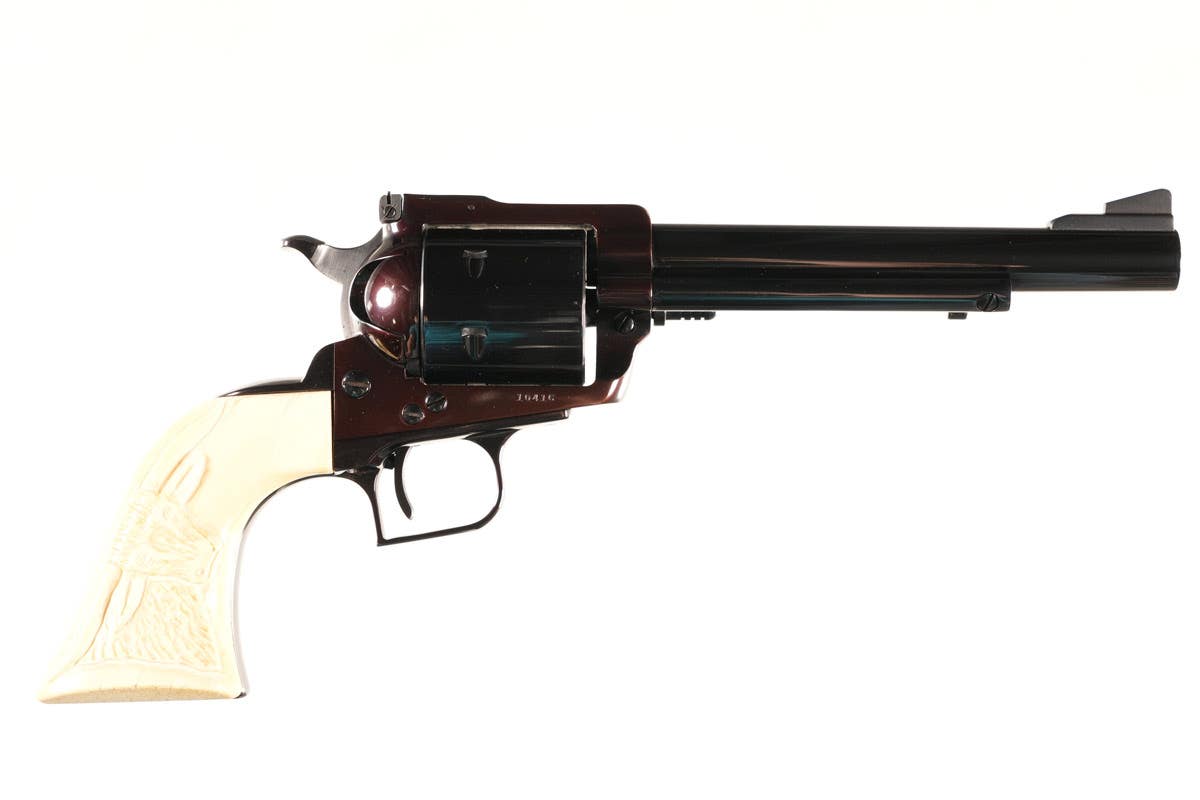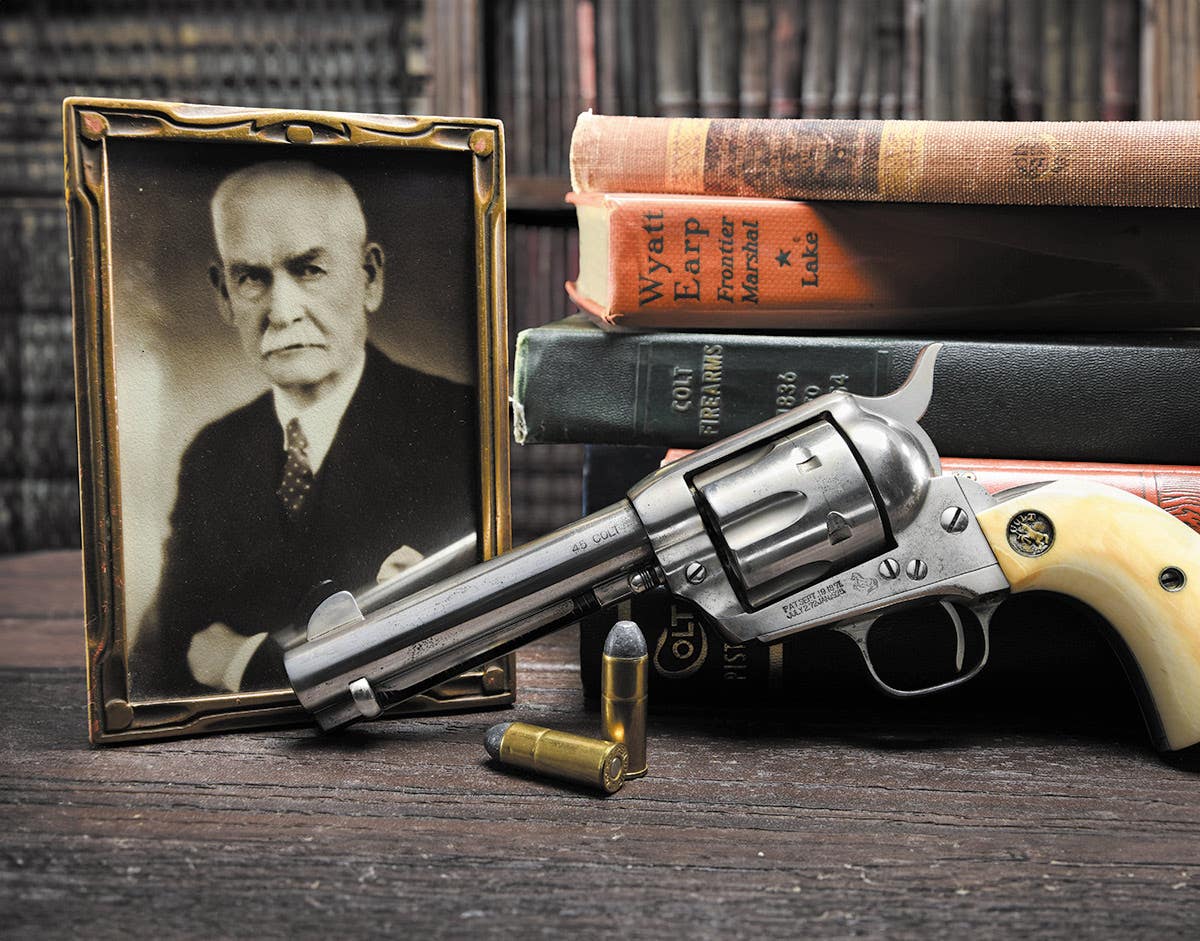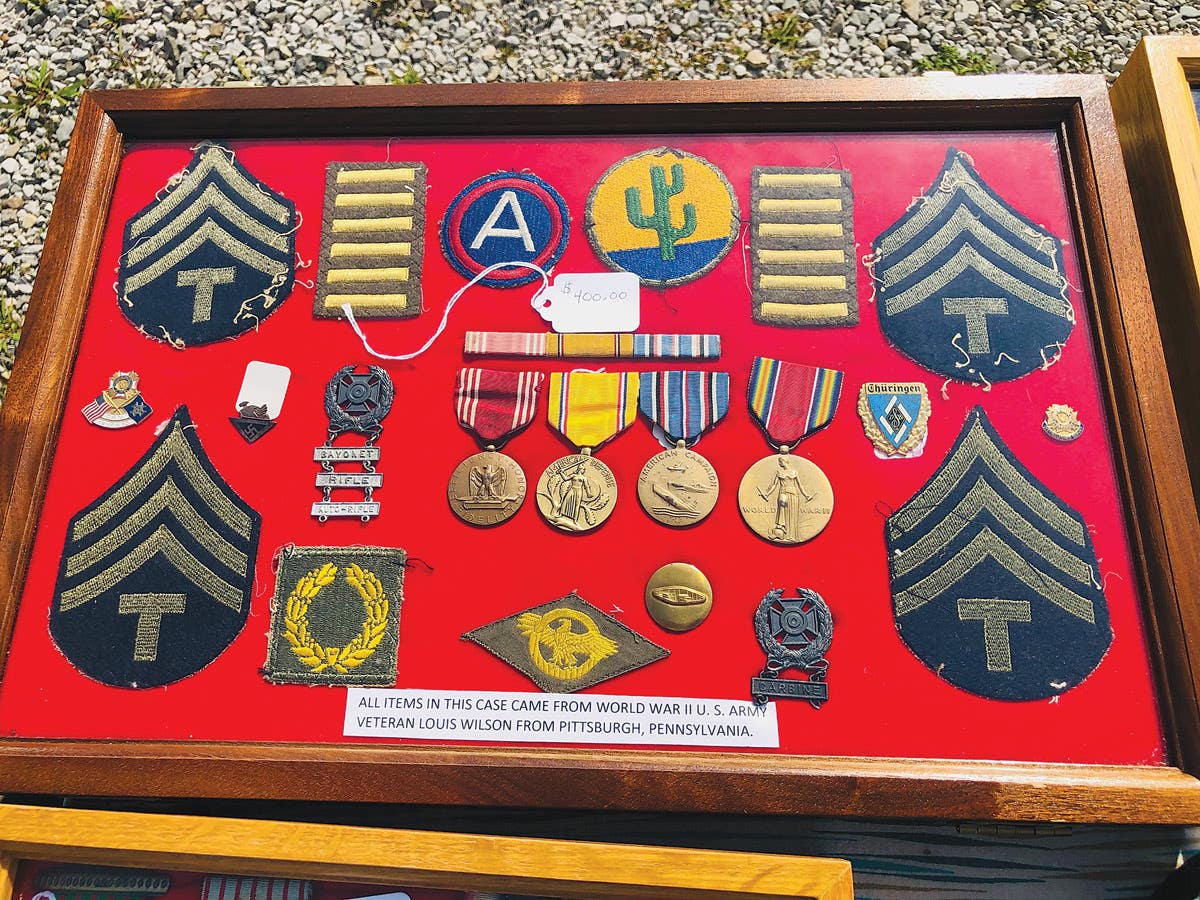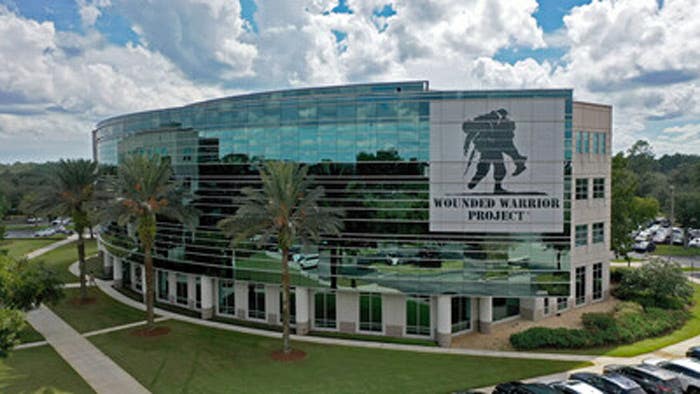First Shots Fired in Battle at Valley Forge
After years of debate, a plan is finally in place to build an American Revolution museum complex on private land within Valley Forge National Historical Park. But opponents are taking another stand against the ambitious – they say too ambitious and commercialized – project.
VALLEY FORGE, Pa. (AP)_ The battle has gone on longer than the Revolutionary War itself. After years of debate, a plan is finally in place to build an American Revolution museum complex on private land within Valley Forge National Historical Park. But opponents are taking another stand against the ambitious - they say too ambitious and commercialized - project.
The complex would be built on 78 privately owned acres of land known to locals as Pawling Farm, across the Schuylkill River from a building that was Gen. George Washington's headquarters during the encampment at Valley Forge.
The site, surrounded on three sides by the national park, was the location of the Continental Army's commissary and the spot from where 15,000 combat forces departed in June 1778 for what would be a victory in the battle of Monmouth.
The nonprofit group that owns the land, situated in the northeastern corner of the park, says it's ideal for what they call the first national museum of the Revolution. A conference center and lodging for families and scholars would follow.
But park officials, and some residents and advocacy groups, say the development would detract from the landscape and history of Valley Forge, where Washington's soldiers endured the bleak winter of 1777-78.
"The fear is they're going to advertise the heck out if it, for people to come to their parcel first and get their version of history" said Bill Wade of the Coalition of National Park Service Retirees, a 600-member advocacy group. "We don't want (the park) getting hijacked by something else that will take it out of context."
Proposed American Revolution museum complex .
Cinda Waldbuesser, spokeswoman for the National Parks Conservation Association, an independent advocacy group for national parks, also calls the location inappropriate.
"They're creating two centers of gravity within the park ... and that's not going to be in the best interest of visitors," she said.
A rezoning ordinance passed by officials in Lower Providence Township, the location of the contested land and about 20 miles west of Philadelphia, is being challenged by residents and the National Parks Conservation Association, an independent advocacy group for national parks.
A public hearing is slated for April 23.
The National Park Service could live with a museum on the proposed site if need be, but the additional conference center and hotel is too much development and will cause irreversible damage to Valley Forge, said park superintendent Mike Caldwell. He cited other concerns including the impact on traffic, open space, scenic vistas, wildlife and wetlands, and said the new rezoning allows the Revolution Center to add more buildings later.
American Revolution Center organizers estimate the $150 million project will generate some $48.5 million for the region's economy, spur the creation of about 850 jobs, and offer a valuable and long-overdue resource for teachers, students, history buffs and scholars of the Revolutionary War.
Many of the 10,000-plus objects, art, manuscripts and books currently in storage--have never been on public display, Revolution Center officials said. Many come from the Valley Forge Historical Society and from the collection of Herman Benninghoff, a Revolutionary War historian and member of the American Revolution Center's board of scholars.
The board of scholars also includes Pulitzer Prize-winning presidential historian David McCullough, while influential Philadelphia philanthropist H.F. ``Gerry'' Lenfest serves as chairman of the board of directors.
"What we have is a significant and important collection of American Revolutionary artifacts and manuscripts," Daly said. "Our responsibility is to put these objects on display."
Current plans call for a 90,000-square-foot ecologically friendly museum by noted architect Robert A.M. Stern, plus a conference center to be built later with up to 99 rooms of lodging. Organizers contend those extras are needed to generate revenue and make the complex a premier destination for its expected 750,000 annual visitors.
As early as 1999, the National Park Service and the Revolution Center were collaborating on plans for a museum next to the park's welcome center near the main entrance.
In 2005, however, the museum group announced plans for its own museum and conference center two miles away from the welcome center. They cited Park Service delays, federal fundraising constraints and size restrictions.
The Lower Providence Township planning commission on Sept. 6 narrowly approved the Revolution Center's request to rezone the site to allow development beyond a museum. The next day, organizers purchased the 78-acre plot from the Archdiocese of Philadelphia.
The opposing sides say they hope to somehow find common ground, but acknowledge that it could be a long way off. Meanwhile, the battle continues.
For more information visit the American Revolution Center or the Valley Forge National Historic Park.








